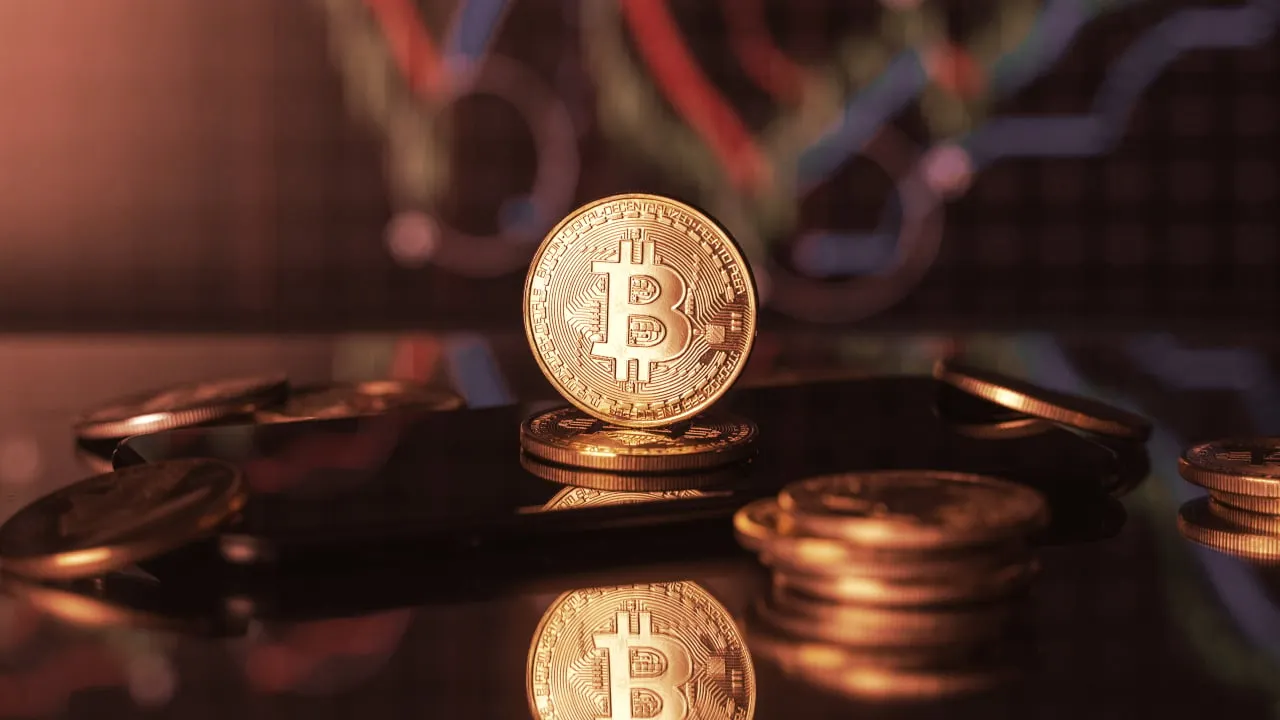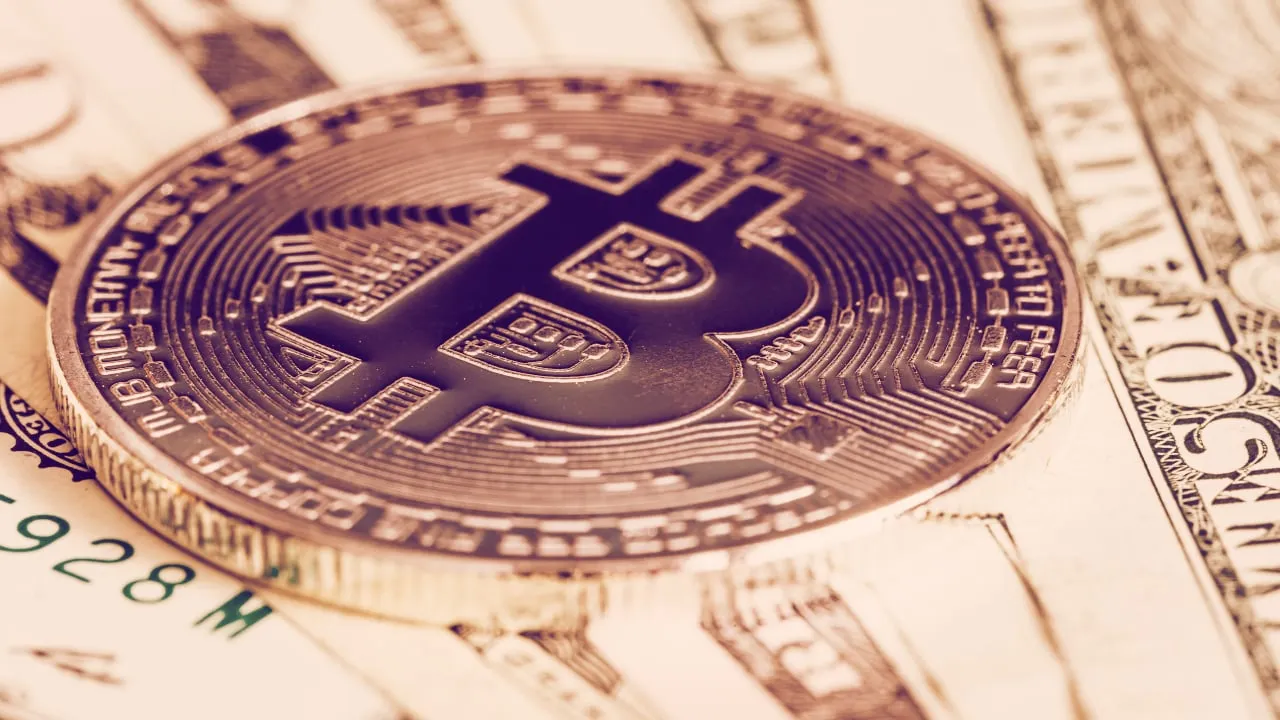In brief
- UST stablecoin lost its peg at the start of May's crypto crash.
- Tether's market cap decreased.
- USDC stablecoin's market cap increased.
When Terra and its UST stablecoin collapsed last week in tandem with a marketwide crypto crash, things looked very shaky for crypto in general and stablecoins in particular.
But the crash produced at least one winner in terms of market cap and, potentially, reputation: USDC stablecoin.
As UST was headed for zero and USDT (Tether) was processing billions in redemptions, USDC was padding its market cap. At the start of the crash on May 8, USD Coin had a market capitalization between $48 billion and $49 billion. After an almost imperceptible dip, it began heading upward on May 11 and now sits at $52.26 billion—near its all-time high of $53.6 billion set in March.
USDC, which has emerged from the crisis as the fourth-largest cryptocurrency by market cap, is also closing the gap on the top centralized stablecoin, Tether's USDT. Tether lost over $7 billion in market cap from its high of $83 billion on May 11.

Tether Supply Plummeted $7.4B Amid Depegging Concerns, Terra Collapse: Glassnode
Amid the dramatic events surrounding last week’s TerraUSD collapse, Tether (USDT), the crypto industry’s largest stablecoin, has dropped more than $7 billion. Tether’s market capitalization plummeted from an all-time high above $83 billion on May 11 to $75.6 billion today. The decrease in USDT supply coincided with the stablecoin briefly losing its dollar peg by 5% last week before recovering to trade at a slight discount of $0.998 within the next 36 hours. Today, USDT is trading at $0.9991, acc...
The trouble last week started not with centralized stablecoins USDT or USDC but with algorithmic stablecoin UST. Whereas centralized stablecoins promise an asset that is always equal to a dollar (or other fiat asset) by holding cash and (supposedly) highly liquid fiat assets in reserve, algorithmic stablecoins like Terra's UST maintain their dollar peg via decentralized alternatives.
In Terra's case, holders of UST could trade in the stablecoin for a dollar's worth of LUNA (with a few caveats). So, if UST were somehow trading at $0.95, arbitrageurs could simply swap the coin at its intended rate of $1.00.
But the peg broke down as Terra users questioned the utility of the network. They swapped UST for LUNA, then dumped the LUNA. And as LUNA declined in price, traders could then swap that token for UST. The upshot was that the circulating supply of the assets ballooned as their values dwindled.
Early on in the crisis, as Terra was hoping to secure outside funding to avert disaster, Treasury Secretary Janet Yellen namechecked UST and called for stablecoin regulations, which seem likely to be put back on the front burner given the increasing risk of market contagion.
#DecryptLIVE: Crypto crash roundtable
Crypto bloodbath! How low will the major coins go, and what about Terra and stablecoins? Decrypt’s Dan Roberts, Jeff Benson, Stacy Elliott and Jason Nelson will discuss the news and parse through what’s happened and what might happen next.
Most of the draft legislation and potential regulations that have been floated, however, have been aimed at Tether, which weathered a two-year investigation from the New York Attorney General's Office over an allegedly fraudulent $750 million loan from Tether to its sister company, crypto exchange Bitfinex. The investigation determined that Tether's backing wasn't all it seemed. As the investigation kicked off, in February 2019, Tether updated its language to note that USDT reserves include "traditional currency and cash equivalents and, from time to time, may include other assets and receivable from loans made by Tether to third parties, which may include affiliated entities."
After Tether settled the lawsuit for $18.5 million, it began publishing assurance reports showing that much of its debt is in commercial paper, a form of corporate debt that is usually liquid but vulnerable during a financial crisis.
The most recent report from an independent accounting firm, delivered on December 31, showed that less than 10% of its $78.6 billion in holdings were in cash. The bulk—$34.5 billion—was in Treasury bills, while over $24 billion was in commercial paper and certificates of deposit; the rest was in money market funds, secured loans, corporate bonds, funds and precious metals, and investments in crypto and other assets.
Paolo Ardoino, Tether's CTO, said in a Twitter Spaces event last week that the company's commercial paper reserves have been cut in half and redistributed to U.S. Treasuries. He promised an attestation in the coming weeks would reflect that shift.
But Circle got there on its own.
In August 2021, the Centre Consortium—the group founded by Circle and Coinbase to help manage USDC—announced that USDC would only be backed by cash and Treasuries. That move came after a July 2021 attestation report showed that it held more than a quarter of its reserves in commercial paper, certificates of deposit, and corporate bonds.
Circle has never published full audits, however, and some critics say such attestations aren't worth the paper they're printed on.
Nonetheless, Circle is making hay of stablecoin redemption fears. In a May 12 blog post titled "The Importance of Being Stable," Chief Strategy Officer Dante Disparte aligned USDC with regulation efforts set in motion by Yellen when she convened the President's Working Group on Financial Markets and urged Congress to pass stablecoin legislation.
"If you want to reference the dollar and create price parity fighting buyer’s and spender’s remorse," he wrote, "you actually need to hold high quality liquid assets (HQLAs in banking parlance) that are dollar denominated and inside the regulated banking system."
After the Collapse of Terra's UST, What's Next for Algorithmic Stablecoins?
On Monday, the Federal Reserve released a report that identified three assets with funding risks: certain money market funds, some bond funds, and stablecoins. The latter sector, it said, "remains exposed to liquidity risks" and "vulnerable to runs." That same day, Terra's UST stablecoin lost over 30% of its value during a bank run hastened by low liquidity on the network's primary lending protocol, Anchor. Two days later, the stablecoin has drifted even further from its peg, while Terra's nati...
Moreover, he was careful to point out that the financial risk isn't exclusive to algorithmic stablecoins, but can be found in stablecoins "where collateral and the composition of reserves is too opaque to inspire confidence or too correlated with illiquid assets with questionable credit quality to endure periods of stress."
That, to some, might sound like Tether.
USDC's gain may be something of a hollow victory unless Circle's other products can gain the same momentum. After all, with inflation above 8%, how does one make money by holding onto dollars?
Circle does have aspirations to be more than just synonymous with USDC. It launched a venture fund in November and boasts payment products that it hopes can be more valuable than the stablecoin they were created to support. A February SPAC deal with Concord Acquisition Corp. valued the company at $9 billion, though bearish public investors may decide that's too high.
Of all stablecoins, USDC is most positioned for success at the moment. But as we saw last week, fortunes can quickly change—and markets can come full circle.





